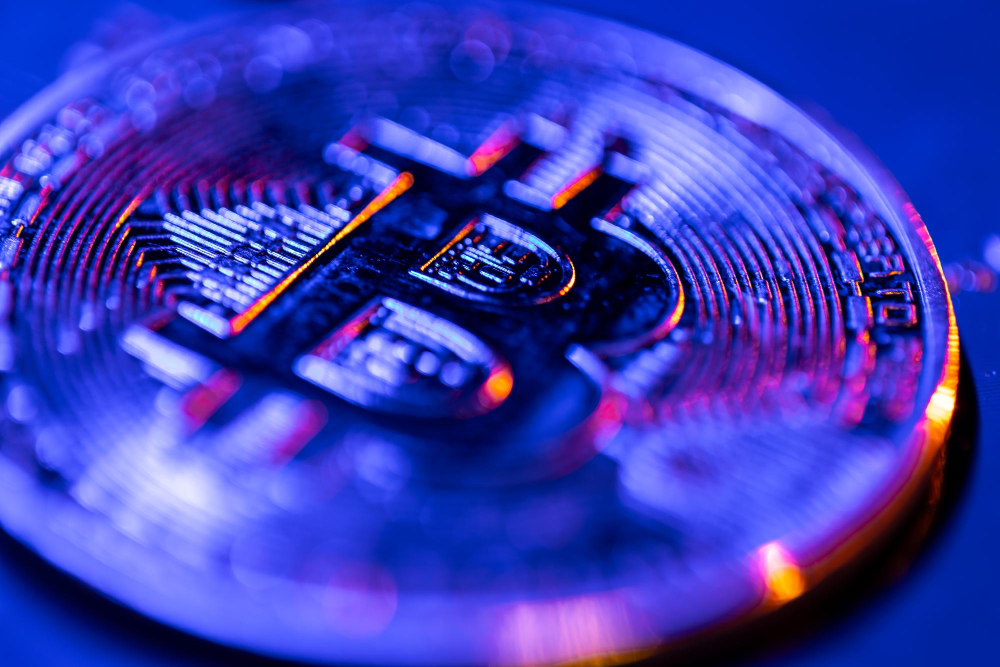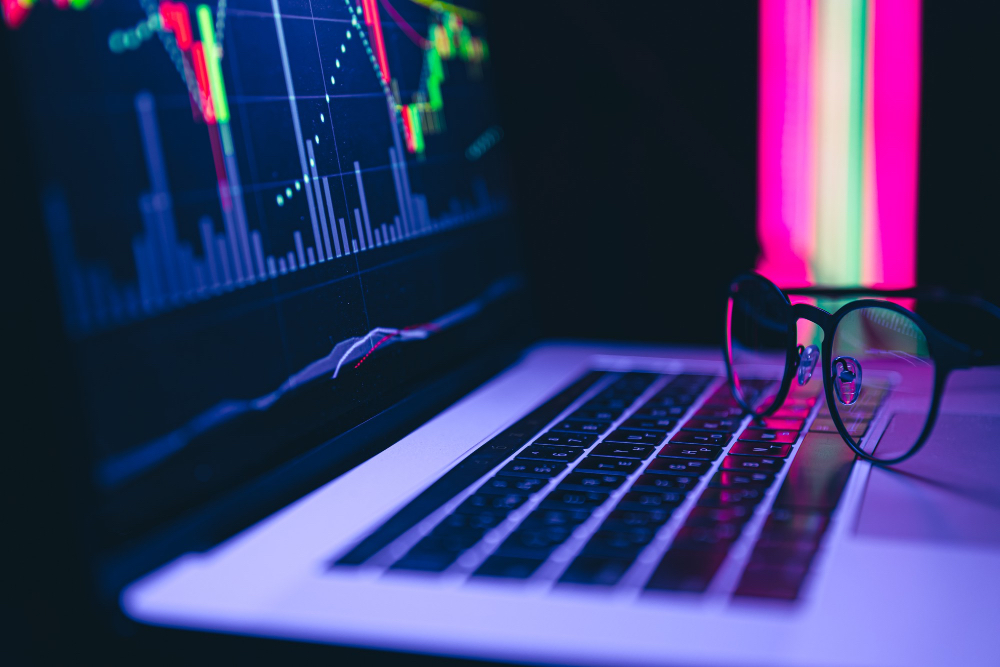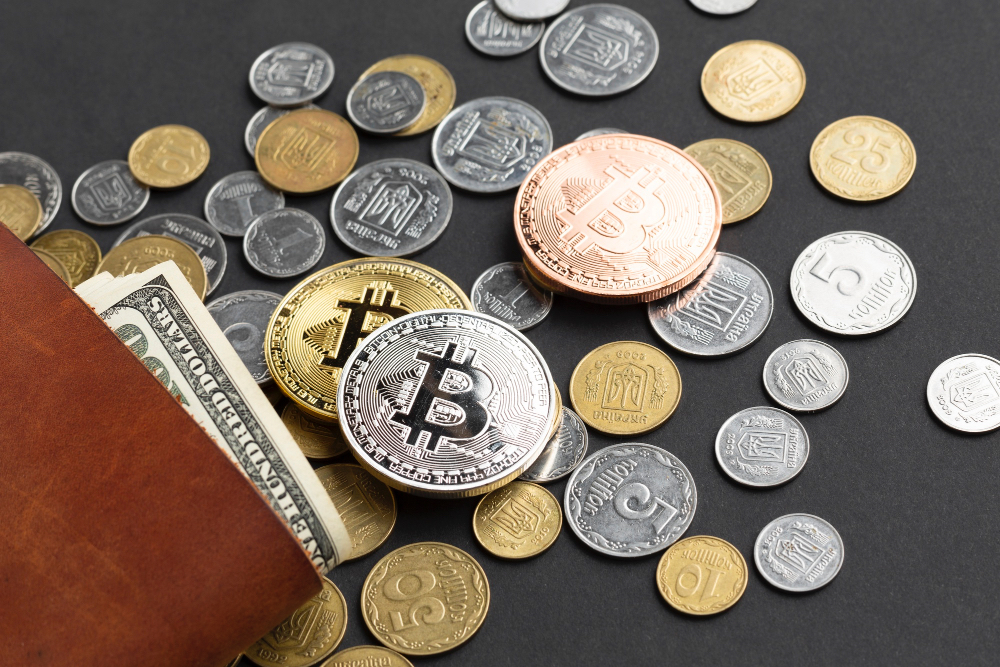Europol has supported a coordinated action week in Zurich, where Swiss and German authorities dismantled the illegal cryptocurrency mixing service Cryptomixer.
Three servers were seized in Switzerland, together with the cryptomixer.io domain, leading to the confiscation of more than €25 million in Bitcoin and over 12 terabytes of operational data.
Cryptomixer operated on both the clear web and the dark web, enabling cybercriminals to conceal the origins of illicit funds. The platform has mixed over €1.3 billion in Bitcoin since 2016, aiding ransomware groups, dark web markets, and criminals involved in drug trafficking, weapons trafficking, and credit card fraud.
Its randomised pooling system effectively blocked the traceability of funds across the blockchain.
Mixing services, such as Cryptomixer, are used to anonymise illegal funds before moving them to exchanges or converting them into other cryptocurrencies or fiat. The takedown halts further laundering and disrupts a key tool used by organised cybercrime networks.
Europol facilitated information exchange through the Joint Cybercrime Action Taskforce and coordinated operational meetings throughout the investigation. The agency deployed cybercrime specialists on the final day to provide on-site support and forensics.
Earlier efforts included support for the 2023 takedown of Chipmixer, then the largest mixer of its kind.
Would you like to learn more about AI, tech and digital diplomacy? If so, ask our Diplo chatbot!










